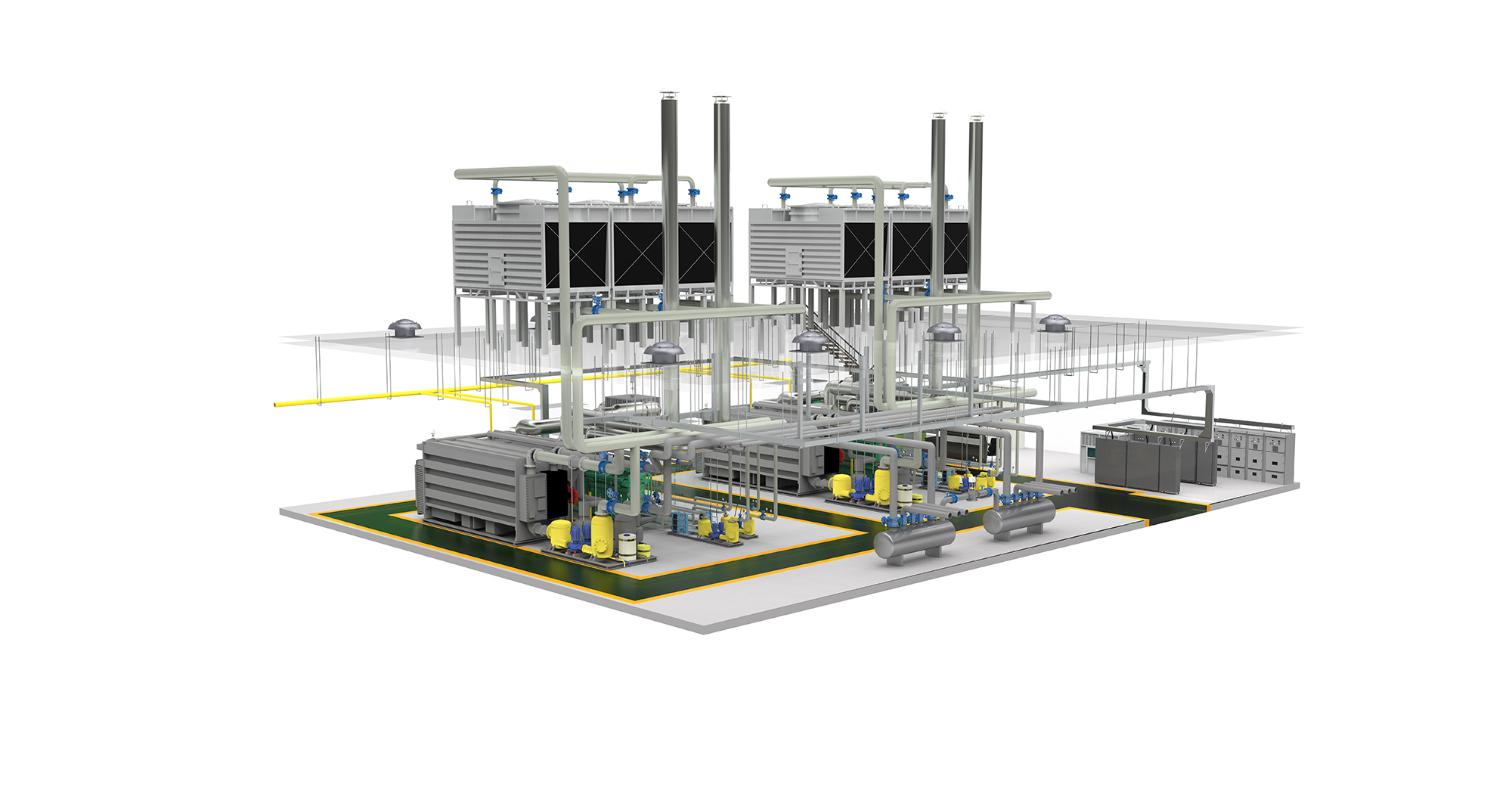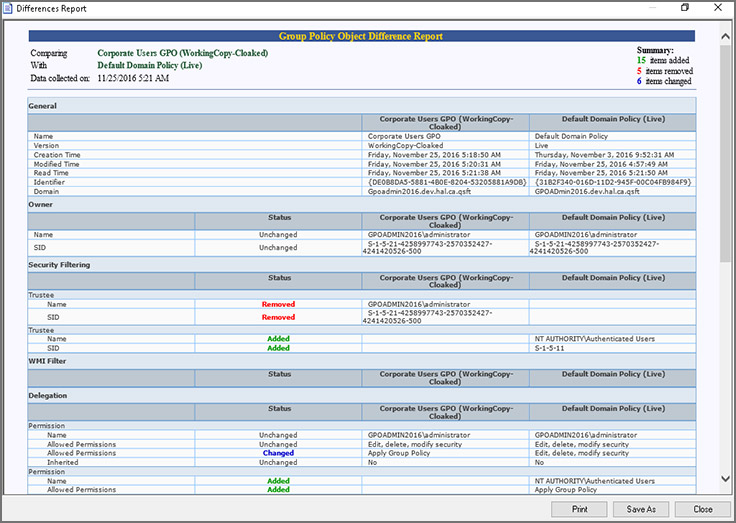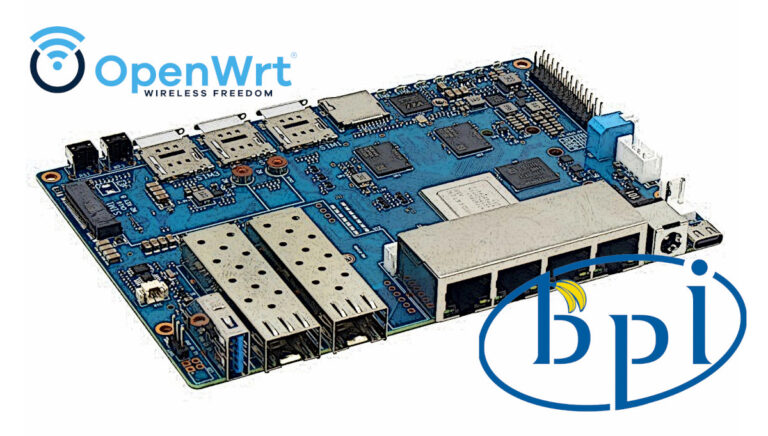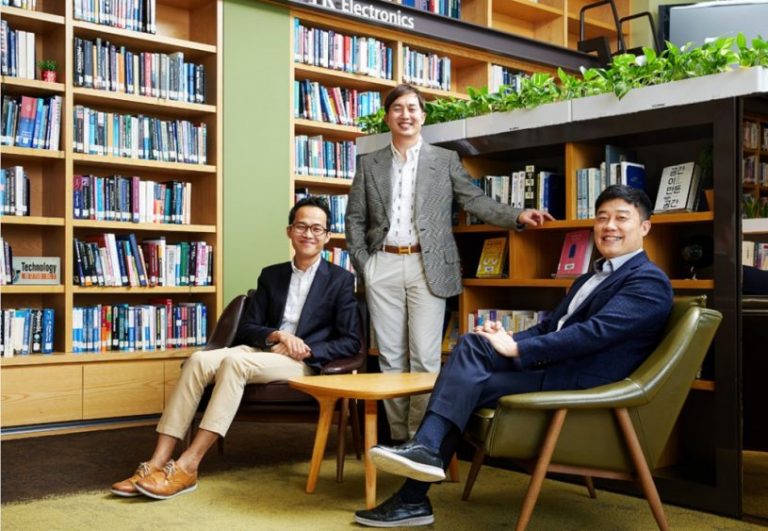Trigeneration: an alternative to centralized energy supply

Source
In addition to numbers. Find differences
The differences between the distributed electricity generation system in Russia and Europe today are not reduced to numbers – in fact, these are completely different models both in structure and from an economic point of view. The development of distributed generation in our country had motives somewhat different from those that became the main driving force of such a process in Europe, which sought to compensate for the lack of traditional fuels by involving alternative energy sources (including secondary energy resources) in the energy balance. In Russia, the issue of reducing the cost of purchasing energy resources for consumers under the conditions of a planned economy and centralized tariff setting for a long time was much less relevant, therefore, they thought about their own electricity generation mainly when the company was a particularly large energy consumer and, due to its remoteness, had difficulties with connection to networks.
By the standards of distributed energy, the facilities of their own generation had a rather high power – from 10 to 500 MW (and even higher) – depending on the needs of production and in order to provide the nearest settlements with electricity and heat. Since heat transfer over distances is always fraught with significant losses, there was an active construction of hot-water boiler plants for the own needs of enterprises and cities. In addition, its own energy sources – be it thermal power plants or boiler houses, were built on gas, fuel oil or coal, and renewable energy (renewable energy) technologies, with the exception of hydropower plants, and secondary energy sources (secondary energy) were used in isolated cases. Now the picture is changing: objects of small power generation are gradually appearing, and alternative energy sources are involved in the energy balance, albeit to a lesser extent.
In the West, much has been done to develop small-scale generation, and recently the concept of a virtual power plant (WPS) has become widespread. This is a system that unites most of the players in the electricity generation market – manufacturers (from small generators of private households to cogeneration stations) and consumers (from residential buildings to large industrial enterprises). A wind farm controls energy consumption by smoothing peaks and redistributing loads in real time, using all the available system power. But such an evolution is impossible without stimulation of the distributed generation market by the state and without corresponding changes in the legislation.
In Russia, in conditions of fierce competition and the monopoly of centralized electricity supply, the implementation of excess electricity produced into an external network remains solvable, but far from an easy task from the point of view of organization and cost of the process. Therefore, at present, the chances of becoming a full-fledged market participant among large suppliers of distributed energy facilities are extremely small.
Nevertheless, the development of its own generation today, of course, is in trend. The main factor in its growth is the reliability of energy supply. Dependence on generating and grid companies increases producer risks. Most of the large generation facilities in Russia were built during the Soviet era, and their considerable age makes itself felt. For the industrial consumer, a power outage due to an accident is a risk of production shutdown and obvious losses. If the desire to reduce risks is accompanied by economic motives (mainly determined by the tariff policy of the regional supplier) and investment opportunities, then own generation justifies itself by 100%, and more and more industrial enterprises today are ready (or are considering such an opportunity for themselves) to take this path.
Therefore, distributed electricity generation “for own needs” has quite high development prospects in Russia.
Own generation. Who is it beneficial for
The economy of each project is strictly individual and is determined by many factors. If you try to summarize as much as possible, then in regions with a greater concentration of generating capacities and industrial enterprises, higher tariffs for electricity and heat, and own electricity generation is an objective chance to significantly reduce the cost of purchasing energy resources.
This also includes the inaccessible and sparsely populated regions with poorly developed or even absent power grid infrastructure, where, of course, the highest electricity tariffs.
In regions where there are fewer consumers and suppliers of electricity, as well as a large share of the generated electricity, they are hydroelectric power stations, tariffs are much lower, and the economy of such projects in industry is not always advantageous. However, for enterprises of individual industries that are able to use alternative fuels, for example, production waste, own generation can be an excellent solution. So, in the figure below – CHP at the waste of a woodworking enterprise.

If we are talking about generation for communal needs, public buildings and commercial and social infrastructure, then until recently the economy of such projects was largely determined by the level of development of the region’s energy infrastructure and, to a lesser extent, by the cost of technological connection of electricity consumers. With the development of triggering technologies, such restrictions practically ceased to be defining, and the side or generated heat in the summer became possible to use for conditioning needs, which greatly increased the efficiency of energy centers.
Trigeneration: electricity, heat and cold for an object
Trigeneration is a rather independent direction in the development of small energy. It is distinguished by individualism, since it focuses on meeting the needs of a particular object in energy resources.
The very first project with the concept of trigeneration was developed in 1998 by the joint efforts of the US Department of Energy, the national laboratory ORNL and the manufacturer of BROM (absorption bromide lithium chillers) and implemented in the USA in 2001. Trigeneration is based on the use of absorption chillers, which use heat as the main source of energy and allow the generation of cold and heat, depending on the needs of the facility. Moreover, the use of conventional boilers, as in cogeneration, in such a scheme is not a prerequisite.
In addition to traditional heat and electricity, trigeneration provides the production of cold in ABHM (in the form of chilled water) for technological needs or for air conditioning. The process of electricity production in one way or another occurs with large losses of thermal energy (for example, with the exhaust gases of generating machines).
The involvement of this heat in the process of obtaining cold, firstly, minimizes losses, increasing the final efficiency of the cycle, and secondly, allows to reduce the energy consumption of the facility compared to traditional technologies for generating cold using vapor compression refrigeration machines.
The ability to work on various heat sources (hot water, steam, flue gases from generator sets, boilers and furnaces, as well as fuel (natural gas, diesel fuel, etc.) allows the use of ABCM in completely different facilities, using exactly the resource that available to the enterprise.
So, in industry, you can use waste heat:

And at urban facilities, in commercial and public buildings, various combinations of heat sources are possible:



A trigeneration energy center can be calculated and built on the basis of electricity needs, and you can rely on the cold consumption of the facility. It depends on which of the above is the determining criterion for the consumer. In the first case, the utilization of secondary heat in the ABCM may not be complete, and in the second case, there may be a restriction on the own generated electricity (replenishment is made by purchasing electricity from an external network).
Where trigeneration is beneficial
The range of application of the technology is very wide: trigeneration can equally well be integrated into the concept of some public space (for example, a large shopping center or airport building), and into the energy infrastructure of an industrial enterprise. The feasibility of introducing such projects and their productivity strongly depends on local conditions, both economic and climatic, and for industrial enterprises also on the cost of products.
The first and most important criterion is the need for cold. Its most common use today is the conditioning of public buildings. It can be business centers, administrative buildings, hospital and hotel complexes, sports facilities, shopping and entertainment centers and water parks, museums and exhibition halls, airport buildings – in short, all objects where there are many people at the same time, where to create a comfortable microclimate requires central air conditioning.
The most justified use of ABCM for such facilities is an area of 20-30 thousand square meters. m (a medium-sized business center) and ending with gigantic objects of several hundred thousand square meters and even more (shopping and entertainment complexes and airports).
But at such facilities there should be a demand not only for cold and electricity, but also for heat supply. Moreover, heat supply is not only heating the premises in winter, but also year-round supply of hot water for the facility for the needs of hot water supply. The more fully the capabilities of the trigeneration energy center are used, the higher its efficiency.
All over the world there are many examples of the use of trigeneration in the hotel industry, the construction and modernization of airports, educational institutions, business and administrative complexes, data centers, many examples in the industry – textile, metallurgical, food, chemical, pulp and paper, machine-building, etc. .P.
As an example, I’ll give one of the objects for which the First Engineer company developed the concept of a triggered energy center.
If the demand for electric energy at an industrial enterprise is about 4 MW (generated by two gas piston units (GPU)), a cooling supply of 2.1 MW is required.
Cold is generated by one absorption bromine-lithium refrigeration machine operating on GPU exhaust gases. At the same time, one GPU completely covers 100% of the heat demand of ABCHM. Thus, even with one GPU, the plant is always provided with the necessary amount of cold. In addition, when both gas reciprocating plants are decommissioned, the ABXM retains the ability to generate heat and cold because it has a reserve heat source – natural gas.
Trigenerational energy center
Depending on the needs of the consumer, on his category and the requirements for redundancy, the trigeneration scheme (presented in the figure below) can be very complex and may include energy and hot water boilers, waste heat boilers, steam or gas turbines, full-fledged water treatment, etc.

But for relatively small objects, the main generating unit is usually a gas turbine or piston unit (gas or diesel) of relatively low electrical power (1-6 MW). They produce electricity and by-product heat from the exhaust and hot water disposed of in the ABM. This is a minimal and sufficient set of basic equipment.

Yes, you can’t do without auxiliary systems: a cooling tower, pumps, a reagent treatment plant for recycled water to stabilize it, an automation system and an electrical facility that allows you to use the electricity generated for your own needs.
In most cases, the trigeneration center is a stand-alone building, or containerized blocks, or a combination of these solutions, since the requirements for the placement of electric and heat-generating equipment are somewhat different.
The power generating equipment is fairly standardized, unlike the ABHM, although technically more complex. The terms of its manufacture can be from 6 to 12 months or even more.
The average production time of ABHM is 3-6 months (depending on cooling capacity, on the number and types of heating sources).
As a rule, the manufacture of auxiliary equipment will not exceed the same timelines, so the average duration of the project to build a trigeneration energy center is on average 1.5 years.
Result
Firstly, the trigeneration center will reduce the number of energy suppliers to one – a gas supplier. By excluding the purchase of electricity and heat, it is possible, first of all, to exclude any risks associated with interruptions in energy supply.
Work on heat using relatively inexpensive "excess energy" reduces the cost of generated electricity and heat compared to its purchase. A year-round load of generating capacity for heat (in winter for heating, in summer for air conditioning and technological needs) allows for maximum efficiency. Of course, as for other projects, the main condition is the development of the correct concept and its feasibility study.
Of the additional advantages – environmental friendliness. By using exhaust fumes to generate useful energy, we reduce air emissions. In addition, unlike traditional technologies for producing cold, where ammonia and freons act as refrigerants, ABCM uses water as a refrigerant, which also minimizes environmental stress.





